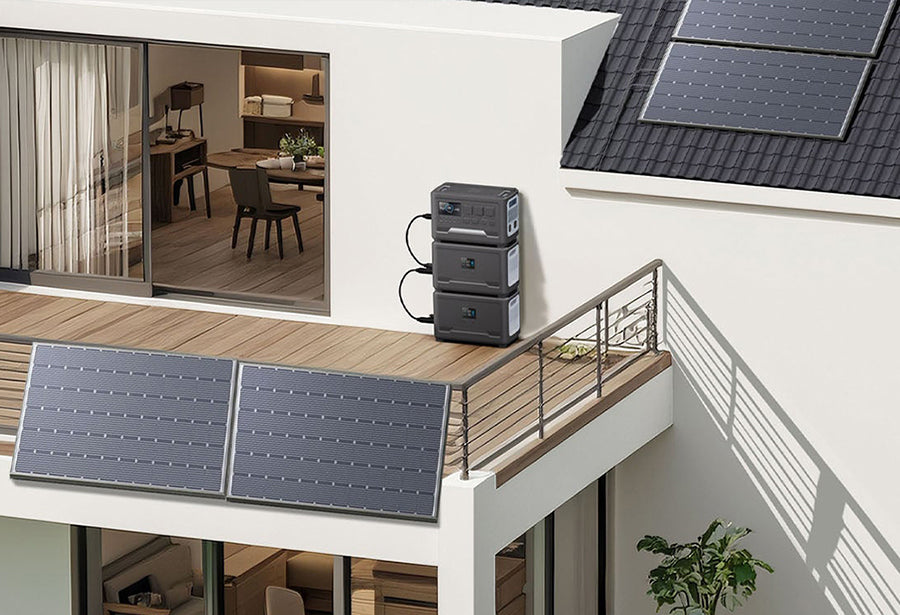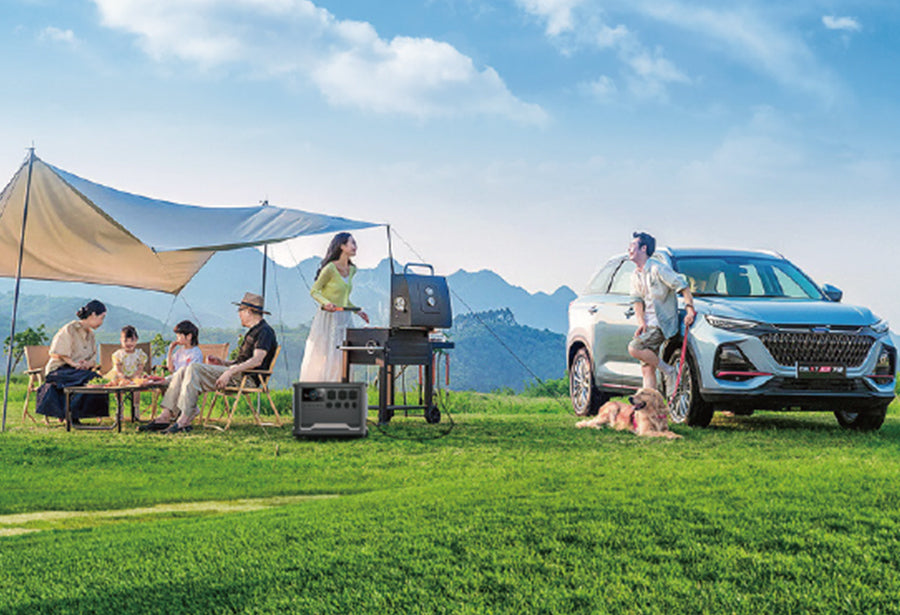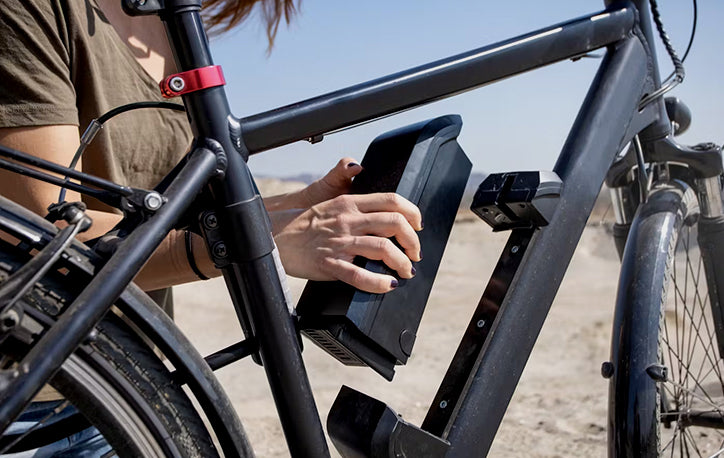As technology advances, portable power stations have become an indispensable part of modern life. Whether it's camping, outdoor adventures, or dealing with sudden power outages, portable power stations can provide continuous power support. So, what exactly is a portable power station? What are its advantages? And how do you choose the right one for your needs? Let’s explore.
What is a Portable Power Station?
A portable power station is a mobile power solution that stores electrical energy and delivers it to devices via AC outlets, DC outlets, and USB ports. It works similarly to traditional power banks but with much larger capacity and higher output power, capable of powering devices ranging from smartphones to household appliances. Portable power stations typically use lithium batteries and come in compact models ideal for outdoor trips, while larger models can serve as home backup power during outages.
Difference Between a Portable Power Station and a Traditional Generator
Many people compare portable power stations to traditional gas generators, especially when choosing a home backup power solution. Compared to gas generators, portable power stations offer several advantages. First, they don’t require fuel, are eco-friendly, and operate quietly. You just press a button to start using them, without worrying about fuel running out. Additionally, portable power stations are simple to operate, making them user-friendly. In contrast, gas generators are noisy, have safety risks (especially for indoor use), and require regular maintenance.
What’s the Difference Between a Portable Power Station and a Power Bank?
While both portable power stations and traditional power banks serve as charging devices, there are significant differences between the two. First, portable power stations have much larger capacities, allowing them to power not only smartphones but also higher-power devices. Power banks typically only offer USB ports, while portable power stations provide AC outlets in addition to USB ports, making them capable of powering TVs, refrigerators, and other household appliances.
What to Consider When Choosing a Portable Power Station?
Choosing the right portable power station depends on several factors: portability, capacity, lifespan, and features.
-
Portability: Improvements in battery chemistry have made portable power stations lighter and more efficient. While we haven’t yet reached the point where a power station can be as small as a smartphone, today’s models offer high portability. For long trips or camping, a lighter model will be easier to carry.
-
Capacity: The capacity of portable power stations is typically measured in watt-hours (Wh) or kilowatt-hours (kWh). The higher the capacity, the more devices it can power. For example, if you plan to power a light, cooler, and slow cooker, you’ll need a larger-capacity portable power station to ensure these devices run for an extended period.
-
Lifespan: The lifespan of a portable power station depends on its battery’s cycle count. Most portable power stations use batteries that can handle around 500 charge-discharge cycles. Note that different brands and models may vary, so it’s important to choose a product with a higher cycle count and longer lifespan.
-
Features: High-end portable power stations often come with multiple charging ports, different charging methods, screens, and dedicated app functionalities for remote management and monitoring of battery status. Some models also have the capability to connect to solar panels, enabling the power station to recharge via solar energy, further improving convenience and eco-friendliness.
Applications of Portable Power Stations
-
Outdoor Activities: Whether camping, hiking, or enjoying an outdoor picnic, portable power stations can provide stable power to keep devices like phones, cameras, and LED lights charged, ensuring your activities continue uninterrupted.
-
Home Backup Power: In the event of a power outage or natural disaster, portable power stations can serve as temporary power sources for your refrigerator, TV, computer, and other essential devices, helping you get through the situation.
-
Vehicle Power: For long road trips or RV enthusiasts, portable power stations are essential. They can power car appliances and electronics, enhancing your travel experience.
How to Choose the Right Portable Power Station?
When selecting a portable power station, it’s important to first assess your specific needs. If you’re only looking to charge small devices during a short trip, a lighter portable power station might be sufficient. However, for long-term power needs, such as providing home backup power during outages or supporting larger appliances, you’ll need a higher-capacity, higher-output portable power station.
For example, iFORWAY’s portable power stations, such as the HS800 and HS500, offer various capacities and output powers, making them suitable for everything from charging phones to powering electric tools and household appliances. For users needing even greater capacity, iFORWAY’s home backup power solutions like the G24PRO and G36 provide higher power output and longer running times, making them ideal for power outages or emergencies.
Additionally, balancing portability and weight is crucial. You’ll also need to consider whether you need extra features like solar charging capability or remote control via a mobile app. These features may increase the price of the portable power station, but the added convenience is often worth the investment. iFORWAY products come with advanced solar panel connectivity, allowing the power stations to recharge via solar energy, further enhancing their environmental benefits and long-term usability.
Ultimately, when choosing a portable power station, it’s essential to consider not only its capacity and features but also the brand’s reliability and after-sales support. With its high-quality battery technology and versatile designs, iFORWAY has become a preferred brand for many users.









